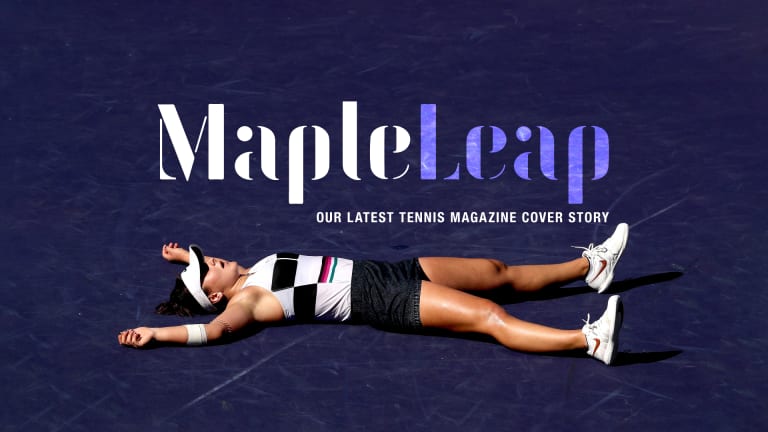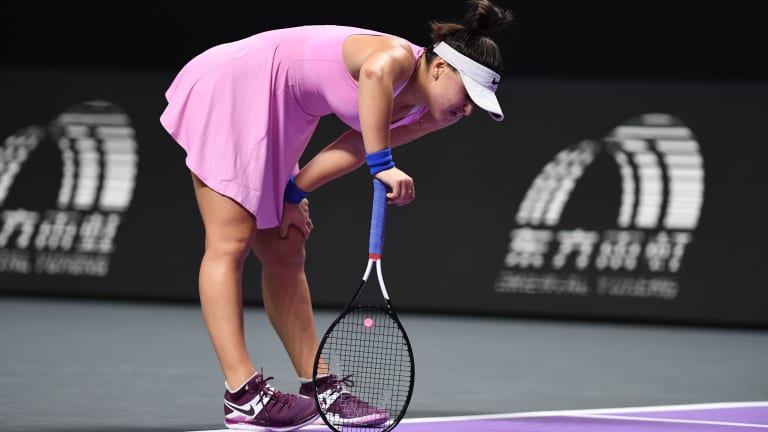Indian Wells, USA
Maple Leap: How Bianca Andreescu turned a hockey nation tennis-mad
By Mar 22, 2020Indian Wells, USA
Mackenzie McDonald is paying the college tennis experience forward with a new fund
By Mar 17, 2025Indian Wells, USA
Mirra Andreeva and Jack Draper win breakthrough titles at Indian Wells: What did we just witness?
By Mar 17, 2025Indian Wells, USA
Jack Draper's run through Indian Wells concludes with his first ATP Masters 1000 title
By Mar 16, 2025Indian Wells, USA
Holger Rune vs. Jack Draper: Where to Watch, Indian Wells Preview, Betting Odds
By Mar 16, 2025Indian Wells, USA
Holger Rune reaches first Indian Wells final over Daniil Medvedev
By Mar 15, 2025Indian Wells, USA
Mirra Andreeva vs. Aryna Sabalenka: Where to Watch, Indian Wells Preview, Betting Odds
By Mar 15, 2025Indian Wells, USA
Mirra Andreeva, 17, advances to Indian Wells final, beating Iga Swiatek in chilly conditions
By Mar 15, 2025Indian Wells, USA
Ruthless Aryna Sabalenka storms past Madison Keys, 6-0, 6-1, in semifinals of Indian Wells
By Mar 15, 2025Indian Wells, USA
Carlos Alcaraz vs. Jack Draper: Where to Watch, Indian Wells Preview, Betting Odds
By Mar 15, 2025Maple Leap: How Bianca Andreescu turned a hockey nation tennis-mad
This teenager take matters into her own hands and may become a model for how the game is played everywhere.
Published Mar 22, 2020
Advertising

Maple Leap: How Bianca Andreescu turned a hockey nation tennis-mad
Advertising

Maple Leap: How Bianca Andreescu turned a hockey nation tennis-mad
© 2019 Getty Images
Advertising

Maple Leap: How Bianca Andreescu turned a hockey nation tennis-mad
© Julian Finney/Getty Images
Advertising

Maple Leap: How Bianca Andreescu turned a hockey nation tennis-mad
© 2019 Getty Images
Advertising

Maple Leap: How Bianca Andreescu turned a hockey nation tennis-mad
© AFP via Getty Images